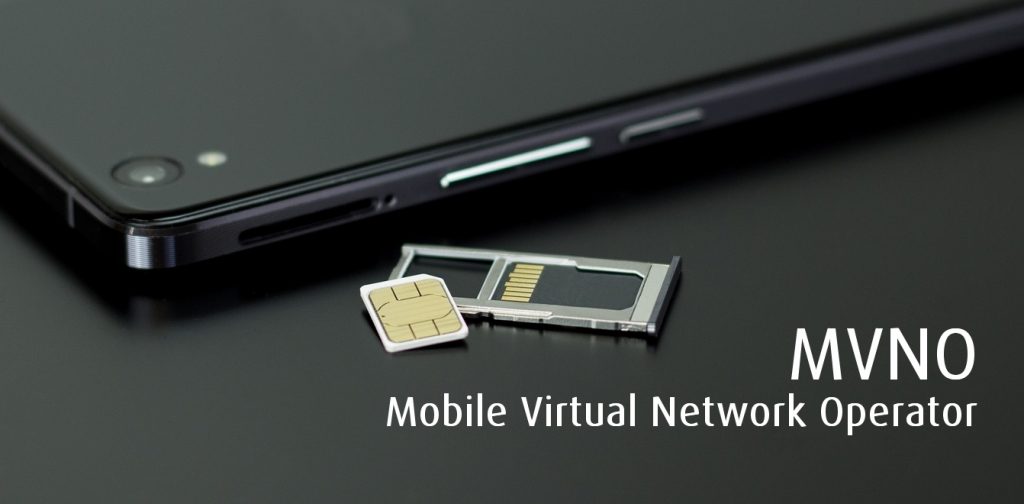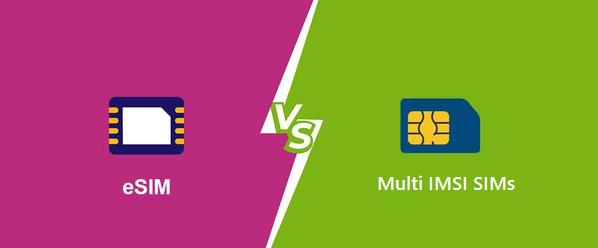Comparison of eSIM vs Multi IMSI SIMs
In today’s connected world, mobile devices have become an essential part of our daily lives. As technology evolves, so do the options for managing our mobile connectivity. Two prominent solutions that have emerged are eSIM (embedded SIM) and Multi IMSI SIMs (International Mobile Subscriber Identity). This article aims to provide a detailed comparison between these two technologies, highlighting their features, benefits, and considerations for users.
Understanding eSIM
The eSIM, or embedded SIM, represents a significant advancement in SIM card technology. Instead of a physical SIM card, eSIMs are built into the device itself. This embedded nature enables users to remotely provision and activate their devices with different mobile network operators (MNOs). This eliminates the need for physical SIM card swapping when switching networks. With eSIMs, users can conveniently select and activate a preferred network operator directly from their device’s settings.
The advantages of eSIMs are manifold. Firstly, they offer enhanced flexibility, empowering users to switch between networks without any hassle. Secondly, eSIMs are particularly beneficial for frequent travelers, as they enable seamless international roaming. By switching to a local network profile, users can avoid exorbitant roaming charges and enjoy better connectivity abroad. Additionally, eSIMs contribute to reducing electronic waste since there is no need for disposable physical SIM cards.
Multi IMSI SIMs Explained
Multi IMSI SIMs, on the other hand, is a physical SIM cards that store multiple International Mobile Subscriber Identifiers (IMSIs). Each IMSI corresponds to a different network operator. By simply switching the active IMSI profile on the SIM card, users can switch between various network operators without needing to swap SIM cards physically.
The key advantage of Multi IMSI SIMs lies in their compatibility with standard SIM card slots found in most mobile devices. Users can conveniently insert and use Multi IMSI SIMs in their smartphones, feature phones, tablets, and select IoT devices. Multi IMSI SIMs are particularly valuable for individuals who frequently travel internationally or require coverage from multiple network operators.

Provisioning and Activation Process
eSIMs and Multi IMSI SIMs differ significantly in terms of provisioning and activation. With eSIMs, the provisioning process occurs remotely and over-the-air. Users can connect to a network operator’s website or use a dedicated app to download the desired network profile to their device. This eliminates the need for physical SIM card handling and allows for convenient activation and switching between operators.
In contrast, Multi IMSI SIMs require physical manipulation. Users must insert the SIM card into their device’s SIM card slot and select the desired IMSI profile manually. This process may involve accessing the device’s settings or utilizing specific software provided by the SIM card manufacturer. While physical SIM card swaps are eliminated, Multi IMSI SIMs still necessitate manual intervention for network switching.
Flexibility and Network Switching
When it comes to flexibility and network switching, eSIMs hold a clear advantage. Users can effortlessly switch between different network operators by selecting the desired profile from their device’s settings. This can be done on-the-go without any physical intervention. The convenience of eSIMs is particularly evident when comparing it to Multi IMSI SIMs, where users need to manually select the desired IMSI profile on the SIM card, requiring more effort and time.
Device Compatibility and Availability
eSIM technology has gained widespread adoption and is supported by an increasing number of devices, including smartphones, tablets, smartwatches, laptops, and certain IoT devices. However, it
In summary, the main difference between eSIM and Multi IMSI SIMs is the form factor and provisioning method. eSIMs are digital SIMs embedded directly into devices, while Multi IMSI SIMs are physical cards that can store multiple IMSIs. eSIMs offer remote provisioning and eliminate the need for physical SIM swaps, while Multi IMSI SIMs allow users to switch between different network operators by changing the active IMSI profile on the SIM card. Both technologies provide flexibility and convenience, but the implementation and usage may vary
It’s important to note that the availability and usage of eSIM and Multi IMSI SIMs may vary depending on the region, network operators, and device manufacturers. It’s recommended to check with your specific device and network provider to understand the compatibility and options available to you.
By A W Moghul
 MVNO MVNE MNO Mobile & Telecoms industry intelligence Telecoms Jobs, News and Business
MVNO MVNE MNO Mobile & Telecoms industry intelligence Telecoms Jobs, News and Business






